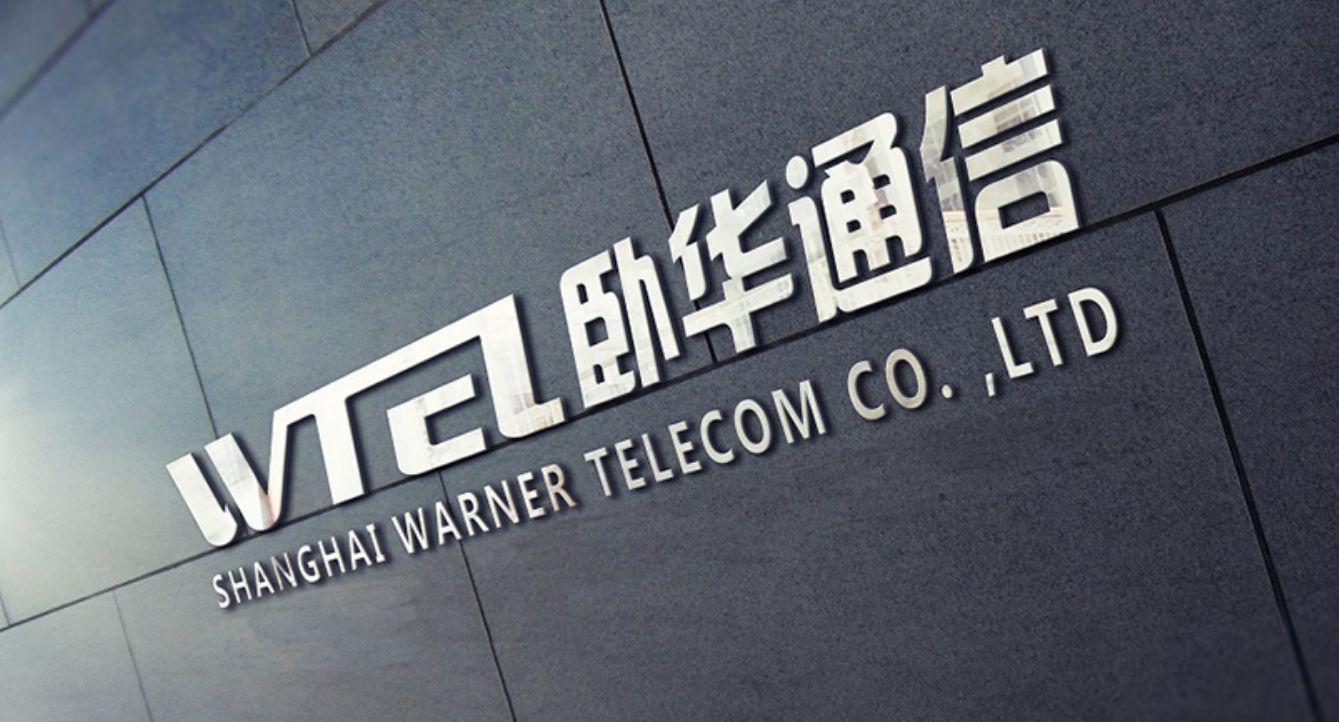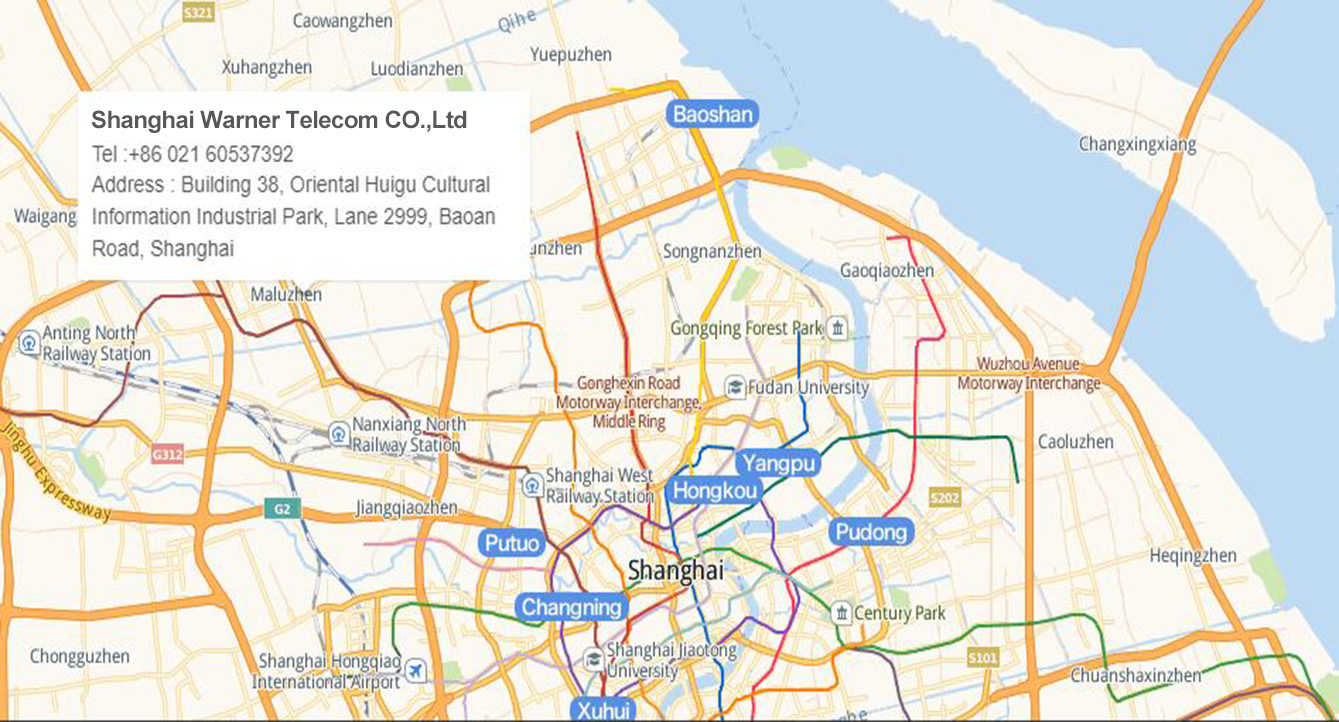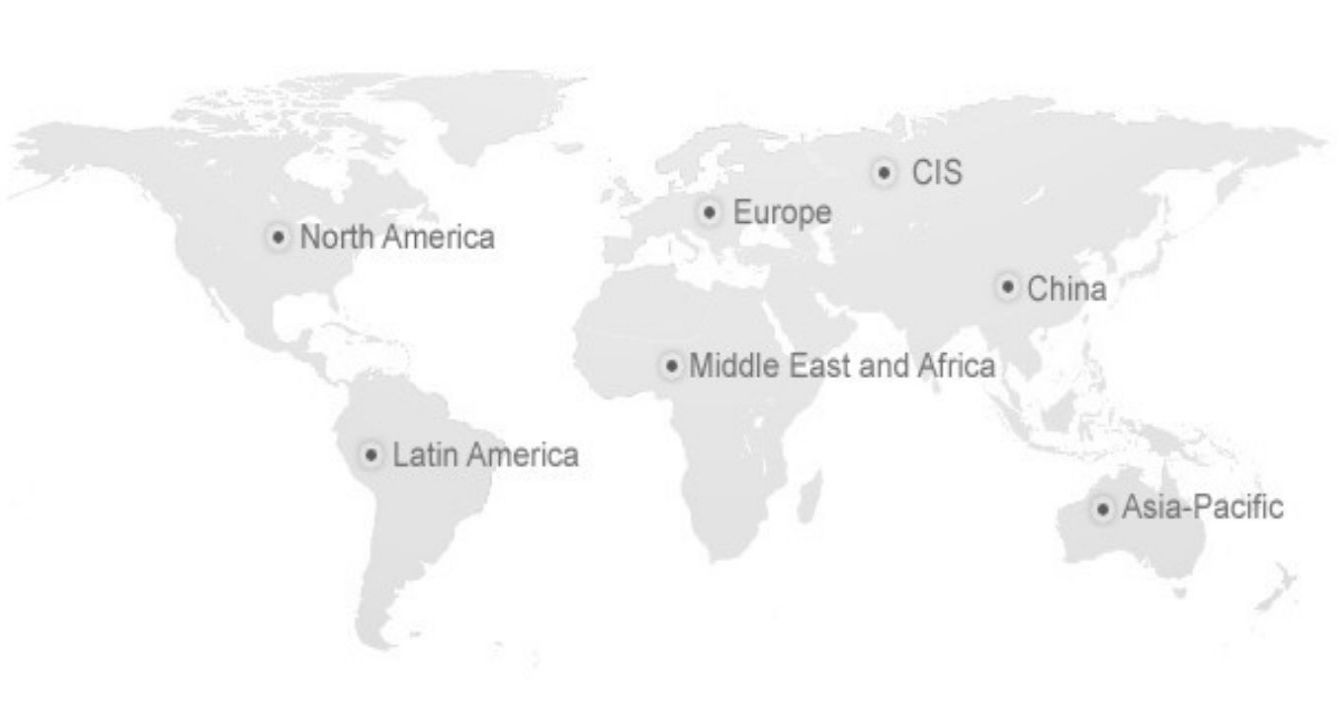
NB-IoT solution
The Narrow Band Internet of Things (NB-IoT) has become an important branch of the Internet of Everything. NB-IoT built on a cellular network with consumes only about 180KHz of bandwidth and can be deployed directly on GSM, UMTS and LTE networks to reduce deployment costs and achieve smooth upgrades.
As an emerging technology NB-IoT supports low-power devices in the WAN cellular data connection, also known as low-power wide area network (LPWAN). NB-IoT supports efficient connection of devices with long standby time and high network connection requirements. It also provides a very comprehensive indoor cellular data connection coverage. Our professional NB-IoT module widely used in different scenarios.
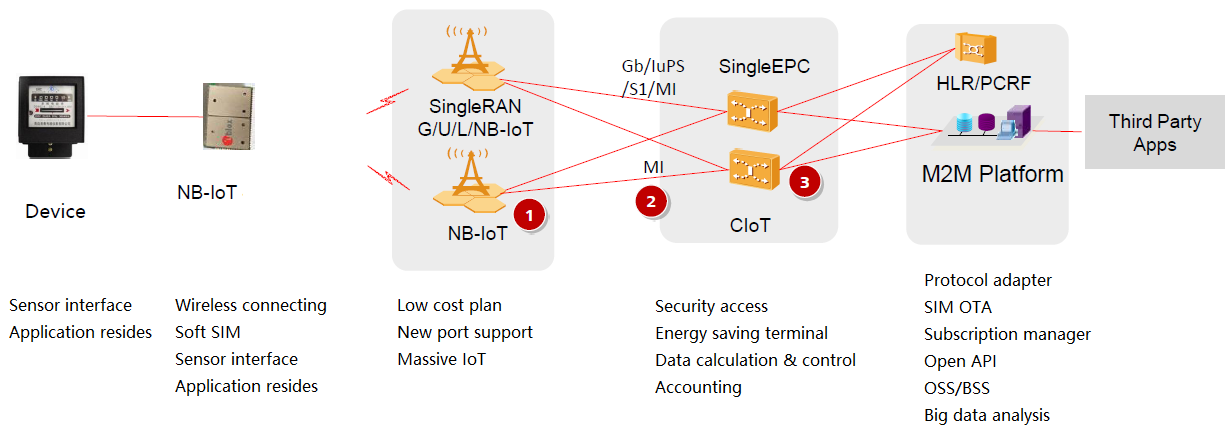
Streetlight monitoring and control:
At present, most of the street lights are controlled by light. At night, the flow of people is gradually reduced. Some of the deserted areas do not require too much street lighting, resulting in wasted energy and unnecessary costs. Now the basic management of street lighting is manual inspection. Inspection, people need a lot of manpower, and the number of street lamps is huge, and it takes a lot of time to manage, resulting in the inability to obtain street lights in time, street lamp failure and maintenance efficiency.
NB-IoT streetlight solution ï¼ڑ
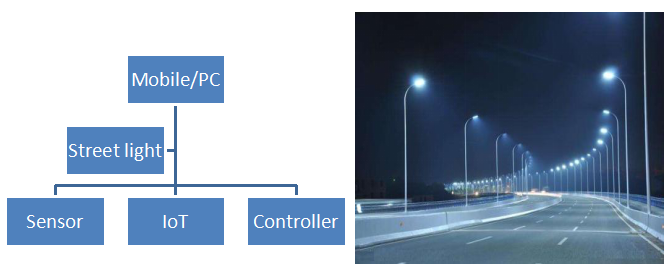
1. The street light monitoring center can perform maintenance, statistics, analysis and processing on the street lights.
2. The street light monitoring center can centrally manage and monitor the data, realize the locking of a single target and quick search.
3. Hierarchical management: Multiple subordinate monitoring centers can be set up under the monitoring center to achieve effective management and reduce pressure from the general monitoring center.
4. The control system: flexibly customized according to local conditions, time-segmented control of the full-light, full-off, and other functions of the street lights.
5. The street light fault detection function actively reports the fault street light position. No fear of the high dense communication capacity
Remote meter reading:
The traditional meter reading usually by manual inspection which with high labor cost and low efficiency,
Some areas have already used GPRS remote meter reading system, but the limited capacity of GPRS cannot meet the needs of a large number of users at the same time. The GPRS module is not a low-power module as well, which need frequent battery replacement and difficult maintenance.
NB-IoT Remote meter reading solution:

1.NB-IoT remote meter reading not only adopt the advantage of the GPRS meter reading but also solves the disadvantages of the GPRS remote meter reading.
2.The NB-IoT remote meter reading can be upgraded based on the existing base station. Once with large-capacity or large number of users will not cause network congestion.
3.The NB-IoT signal covers a wider area, indoors, basements and other confined spaces.
4.The NB-IoT module is a low-power module that can be used for ten years. It does not need to be replaced frequently.
Fire industry application:
The smoke sensor detects smoke in real time and sends information to the back-end server to start alarm or other related equipment. The server will automatically transfer the information to relevant personnel and departments to realize intelligent fire solution. In practical applications, according to fire protection requirements, the installation of smoke detectors will be densely distributed, which is inconvenient to route and costly.
NB-IoT fire sensor solution:
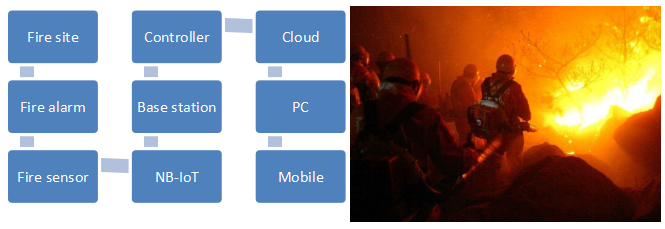
NB-IoT wireless smoke detector can avoid the problem of difficult wiring, which greatly saves installation costs;
NB-IoT has a huge number of connections, which can meet the simultaneous access of a large number of smoke detectors;
NB-IoT has ultra-low power consumption and can operate for ten years in standby mode, greatly reducing maintenance costs after installation;
NB-IoT has super-signal coverage that covers both indoor and basement.
Smart locking system:
With the popularity of the smart home industry in recent years, more and more people use smart lock. the current smart lock technology like: proximity card, fingerprint recognition, password recognition, facial recognition, etc., which greatly improve the security of access control, but all the above security should be power-on, it will be ineffective once power off. Because the smart lock not easy to disassemble after installation, the lock battery is required to have a long service life; if the door is in a closed corridor, a stronger signal coverage is needed to ensure real-time transmission of network data; The most important thing is to ensure that the equipment cost should be within an acceptable range after adding the above functions.
NB-IoT smart locking solution:

Application of NB-IoT technology to smart home systems:
NB-IoT features low power consumption and can be used for up to ten years with only two AA batteries, greatly reducing post-maintenance costs.
Super signal coverage, covering the indoor and basement, ensures signal stability.
A large number of connections to meet the simultaneous connection of multiple terminals in the smart home.
As an emerging technology NB-IoT supports low-power devices in the WAN cellular data connection, also known as low-power wide area network (LPWAN). NB-IoT supports efficient connection of devices with long standby time and high network connection requirements. It also provides a very comprehensive indoor cellular data connection coverage. Our professional NB-IoT module widely used in different scenarios.

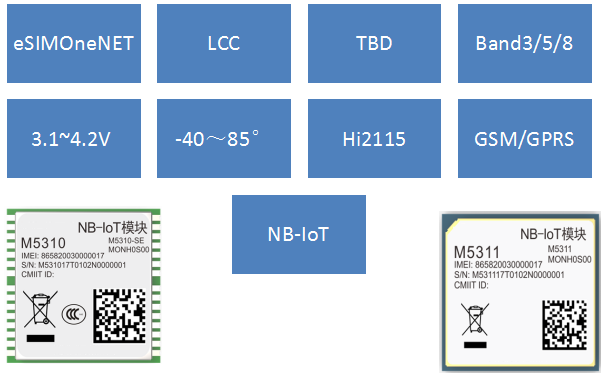
Application Case:
Streetlight monitoring and control:
At present, most of the street lights are controlled by light. At night, the flow of people is gradually reduced. Some of the deserted areas do not require too much street lighting, resulting in wasted energy and unnecessary costs. Now the basic management of street lighting is manual inspection. Inspection, people need a lot of manpower, and the number of street lamps is huge, and it takes a lot of time to manage, resulting in the inability to obtain street lights in time, street lamp failure and maintenance efficiency.
NB-IoT streetlight solution ï¼ڑ

1. The street light monitoring center can perform maintenance, statistics, analysis and processing on the street lights.
2. The street light monitoring center can centrally manage and monitor the data, realize the locking of a single target and quick search.
3. Hierarchical management: Multiple subordinate monitoring centers can be set up under the monitoring center to achieve effective management and reduce pressure from the general monitoring center.
4. The control system: flexibly customized according to local conditions, time-segmented control of the full-light, full-off, and other functions of the street lights.
5. The street light fault detection function actively reports the fault street light position. No fear of the high dense communication capacity
Remote meter reading:
The traditional meter reading usually by manual inspection which with high labor cost and low efficiency,
Some areas have already used GPRS remote meter reading system, but the limited capacity of GPRS cannot meet the needs of a large number of users at the same time. The GPRS module is not a low-power module as well, which need frequent battery replacement and difficult maintenance.
NB-IoT Remote meter reading solution:

1.NB-IoT remote meter reading not only adopt the advantage of the GPRS meter reading but also solves the disadvantages of the GPRS remote meter reading.
2.The NB-IoT remote meter reading can be upgraded based on the existing base station. Once with large-capacity or large number of users will not cause network congestion.
3.The NB-IoT signal covers a wider area, indoors, basements and other confined spaces.
4.The NB-IoT module is a low-power module that can be used for ten years. It does not need to be replaced frequently.
Fire industry application:
The smoke sensor detects smoke in real time and sends information to the back-end server to start alarm or other related equipment. The server will automatically transfer the information to relevant personnel and departments to realize intelligent fire solution. In practical applications, according to fire protection requirements, the installation of smoke detectors will be densely distributed, which is inconvenient to route and costly.
NB-IoT fire sensor solution:

NB-IoT wireless smoke detector can avoid the problem of difficult wiring, which greatly saves installation costs;
NB-IoT has a huge number of connections, which can meet the simultaneous access of a large number of smoke detectors;
NB-IoT has ultra-low power consumption and can operate for ten years in standby mode, greatly reducing maintenance costs after installation;
NB-IoT has super-signal coverage that covers both indoor and basement.
Smart locking system:
With the popularity of the smart home industry in recent years, more and more people use smart lock. the current smart lock technology like: proximity card, fingerprint recognition, password recognition, facial recognition, etc., which greatly improve the security of access control, but all the above security should be power-on, it will be ineffective once power off. Because the smart lock not easy to disassemble after installation, the lock battery is required to have a long service life; if the door is in a closed corridor, a stronger signal coverage is needed to ensure real-time transmission of network data; The most important thing is to ensure that the equipment cost should be within an acceptable range after adding the above functions.
NB-IoT smart locking solution:

Application of NB-IoT technology to smart home systems:
NB-IoT features low power consumption and can be used for up to ten years with only two AA batteries, greatly reducing post-maintenance costs.
Super signal coverage, covering the indoor and basement, ensures signal stability.
A large number of connections to meet the simultaneous connection of multiple terminals in the smart home.

